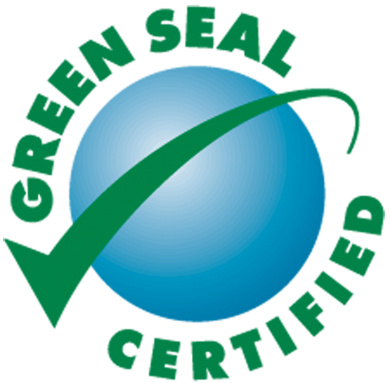Building Standards and Programs
Our guidelines promote healthy lifestyles, social well-being, and the creation of a welcoming and just space for all members of the campus community. These guidelines set aggressive goals that require innovation, design discipline, and steady enforcement. Coupled with a bold space management program, these building energy standards can help reduce over 10,000 metric tons (CO2 equivalent) of emissions per year.
Sustainable Design & Construction Standards
Standards apply to the Ithaca campus unless otherwise noted.
Comprehensive design and construction guidelines are maintained by Facilities & Campus Services. The guidelines received major updates in 2013 and 2019 to include embedded sustainability and carbon reduction guidelines that promote low-carbon, energy-efficient design from the start of a project through its build and ongoing maintenance.
More information can be found in the Facilities Guidebook to these standards.
Standards in Place at Cornell Today
- Energy modeling targets: Fulfilling a goal of the Climate Action Plan, the university has defined and adopted an energy modeling protocol and energy standards by building type to reduce carbon emissions and maximize energy efficiency
- Accessibility & inclusive restrooms, lockers, and showers: Single-occupant, accessible, and gender-inclusive restrooms, locker, and shower facilities should be inclusively designed and usable by, as many people as reasonably possible. These facilities are necessary from the perspective of universal design and for people who may need personal assistance services, individuals that may face discomfort or discrimination in gender-specific facilities, and families with small children.
- Space utilization: Justification is required when adding space. While meeting the academic mission, there needs to be a strong conscious effort not to over-assign / allocate space or create underutilized space.
- Life cycle costs: The project engineer and architect must minimize life cycle costs due to energy use
- Water bottle filling stations: Incorporate low-flow water usage, and water bottle filling stations in new construction.
- Site selection: The University aims to site buildings in ways that bear in mind the community’s transportation needs, water runoff, water usage, utilities, natural lighting, and community character.
- Energy, General: Because a building’s energy use is a critical part of its long-term environmental impact, heating, and cooling design and equipment is an integral part of planning for new green buildings and is seen as one of the main considerations in this process. Specific considerations include:
-
Building envelope (e.g. windows, exterior solar shading, and insulation)
-
Advanced building energy and lighting controls
-
Heat recovery from ventilated air
-
Low-temperature hot water systems Enhanced building commissioning
-
- Materials: Cornell aims to construct new buildings utilizing materials that maximize air quality and energy efficiency. In addition, other sustainable choices such as the usage of local materials are pursued whenever possible in the construction process to support local and regional economies and decrease the pollution and costs that result from excessive transportation of materials.
- Construction: Impacts such as water runoff, noise, dust, traffic, and personnel are considered carefully to reduce negative impacts during the building process on the Cornell campus
Other Programs:
 Green Cleaning Program
Green Cleaning Program
Every day, Cornell ensures a clean, safe and sustainable environment for the campus community to thrive, live and learn in.
Maintained by Building Care, Facilities & Campus Services
For more information about this program, contact FCS.
Cornell minimizes risk to our community by eliminating chemical use whenever possible. When chemicals are necessary, we use a wide variety of Green Seal Certified products, including Stride Floral, Aquaria Floor Finish, non-ammoniated Glance, Freedom Floor Stripper, and others.
By using microfiber cloths, which can be washed and re-used, Cornell keeps non-reusable items like cheesecloth out of the landfills. Proper care of flooring and other surfaces helps extend these products' lifetimes, keeping them out of the waste stream and landfills as long as possible.
Key Objectives of the Green Cleaning Program
-
Utilize cleaning chemicals, equipment, and protocol to protect our health without harming the environment.
-
Improve air quality by reducing the number of contaminants in the air through Cornell’s custodial maintenance processes.
-
Preserve the infrastructure by extending the life of carpeting, hard floor surfaces, and other materials through different cleaning methods
Ultra-microfiber is hypoallergenic, thus mitigating health problems for people suffering from allergies or asthma. Cornell also ventilates areas while performing floor restorations to help protect building occupants. To decrease the number of harmful pathogens, Cornell disinfects areas or surfaces where pathogens can collect and breed, such as restroom door handles and faucets. When someone does have an adverse reaction or a chemical sensitivity, we follow a formal process to resolve issues efficiently and quickly without decreasing service.
